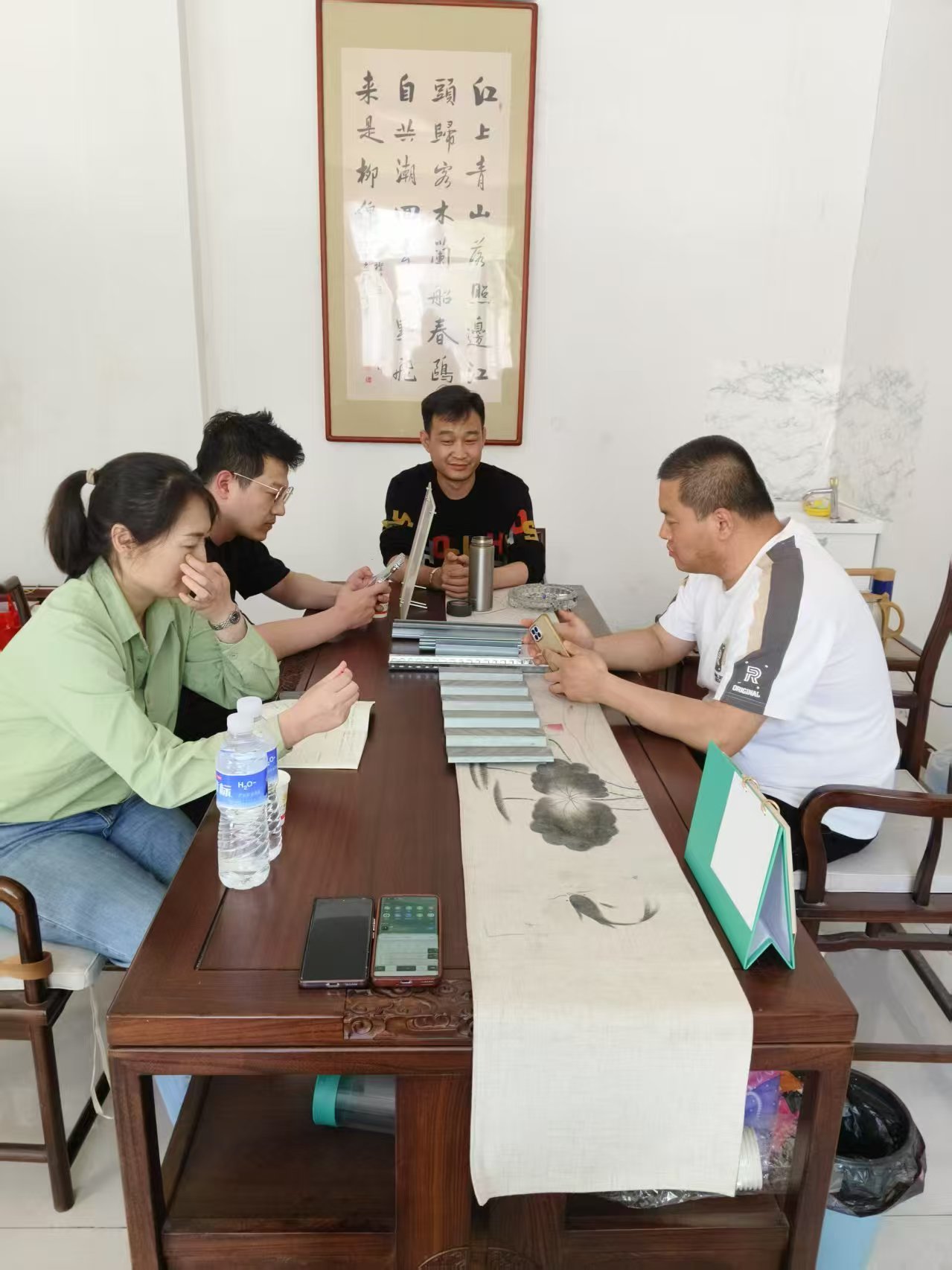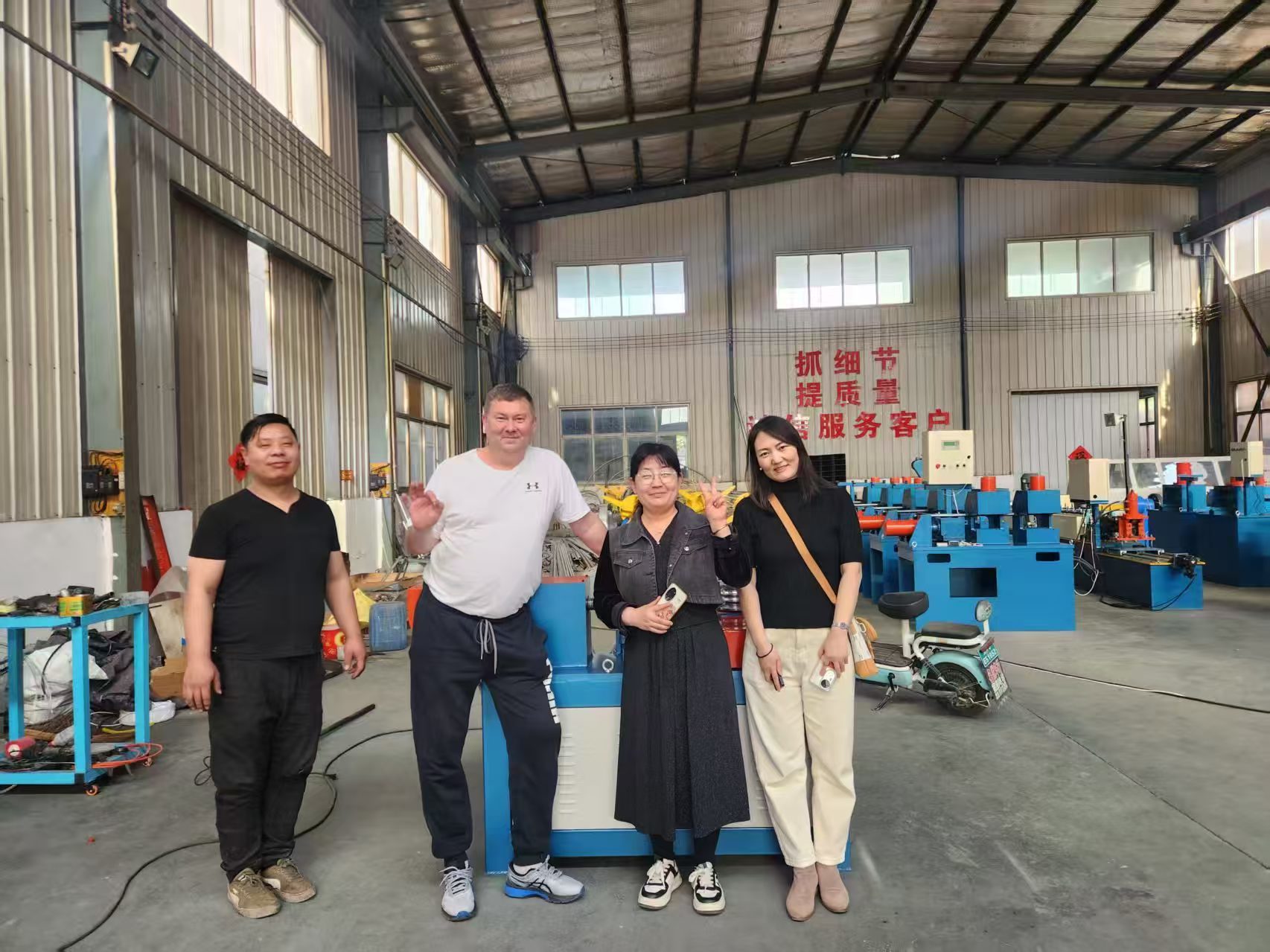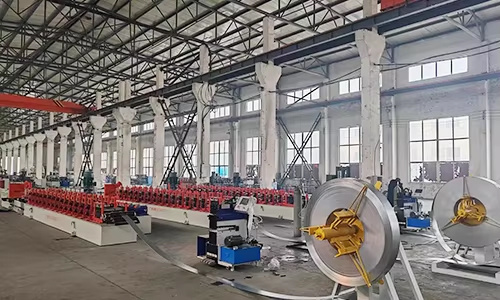Understanding Scaffolding Welding Machines: Key Insights for Metal Fabrication
2025-08-17
Scaffolding welding machines are specialized equipment designed for the fabrication and assembly of scaffolding structures, which play a vital role in various construction and manufacturing processes. These machines are engineered to deliver precise welding results, ensuring structural integrity and safety in scaffolding applications.
One of the primary functions of a scaffolding welding machine i
Scaffolding welding machines are specialized equipment designed for the fabrication and assembly of scaffolding structures, which play a vital role in various construction and manufacturing processes. These machines are engineered to deliver precise welding results, ensuring structural integrity and safety in scaffolding applications.
One of the primary functions of a scaffolding welding machine is to join metal components, typically made from steel or aluminum, into various configurations. These machines utilize different welding techniques, such as MIG (Metal Inert Gas), TIG (Tungsten Inert Gas), and stick welding, depending on the specific requirements of the project. The choice of welding method can significantly impact the quality of the weld, as each technique has its unique advantages and limitations.
In the manufacturing and metal processing sector, scaffolding welding machines are indispensable for creating temporary support structures used in construction projects. They facilitate the assembly of platforms, walkways, and access points, enabling workers to perform tasks safely at elevated heights. Additionally, these machines contribute to the efficient production of scaffolding components, reducing lead times and enhancing productivity in manufacturing environments.
When selecting a scaffolding welding machine, several factors should be considered to ensure optimal performance. The machine's power output, duty cycle, and portability are crucial aspects that can affect its usability on various job sites. For instance, a machine with a higher power output may be required for thicker materials, while a portable model might be more advantageous for projects that require mobility.
Moreover, the safety features of scaffolding welding machines cannot be overlooked. Given the risks associated with welding, including exposure to harmful fumes and the potential for electric shock, it is essential to choose machines equipped with adequate safety mechanisms. This may include features like automatic shut-off systems, thermal overload protection, and quality ventilation to minimize health hazards for operators.
In conclusion, scaffolding welding machines are vital tools in the metal fabrication industry, providing essential support for constructing safe and reliable scaffolding structures. Understanding their functionality, welding techniques, and safety considerations is crucial for professionals involved in manufacturing and metalworking. By investing in the right scaffolding welding machine and adhering to best practices, businesses can enhance their operational efficiency and ensure the safety of their workforce.
One of the primary functions of a scaffolding welding machine is to join metal components, typically made from steel or aluminum, into various configurations. These machines utilize different welding techniques, such as MIG (Metal Inert Gas), TIG (Tungsten Inert Gas), and stick welding, depending on the specific requirements of the project. The choice of welding method can significantly impact the quality of the weld, as each technique has its unique advantages and limitations.
In the manufacturing and metal processing sector, scaffolding welding machines are indispensable for creating temporary support structures used in construction projects. They facilitate the assembly of platforms, walkways, and access points, enabling workers to perform tasks safely at elevated heights. Additionally, these machines contribute to the efficient production of scaffolding components, reducing lead times and enhancing productivity in manufacturing environments.
When selecting a scaffolding welding machine, several factors should be considered to ensure optimal performance. The machine's power output, duty cycle, and portability are crucial aspects that can affect its usability on various job sites. For instance, a machine with a higher power output may be required for thicker materials, while a portable model might be more advantageous for projects that require mobility.
Moreover, the safety features of scaffolding welding machines cannot be overlooked. Given the risks associated with welding, including exposure to harmful fumes and the potential for electric shock, it is essential to choose machines equipped with adequate safety mechanisms. This may include features like automatic shut-off systems, thermal overload protection, and quality ventilation to minimize health hazards for operators.
In conclusion, scaffolding welding machines are vital tools in the metal fabrication industry, providing essential support for constructing safe and reliable scaffolding structures. Understanding their functionality, welding techniques, and safety considerations is crucial for professionals involved in manufacturing and metalworking. By investing in the right scaffolding welding machine and adhering to best practices, businesses can enhance their operational efficiency and ensure the safety of their workforce.
Key words:
RELATED INFORMATION
Recently, foreign trade personnel have conducted on-site learning on the company's equipment updates
Recently, foreign trade personnel have conducted on-site learning on the company's equipment updates
2025-05-15
A customer from Inekhusko, Russia, took a 10-hour flight with multiple transfers to visit our factory and inspect the equipment they had previously ordered from our company.Our foreign trade staff warmly received the customer.
2025-04-24
Photovoltaic bracket equipment is a special bracket planned for the placement, installation.
2024-05-22








